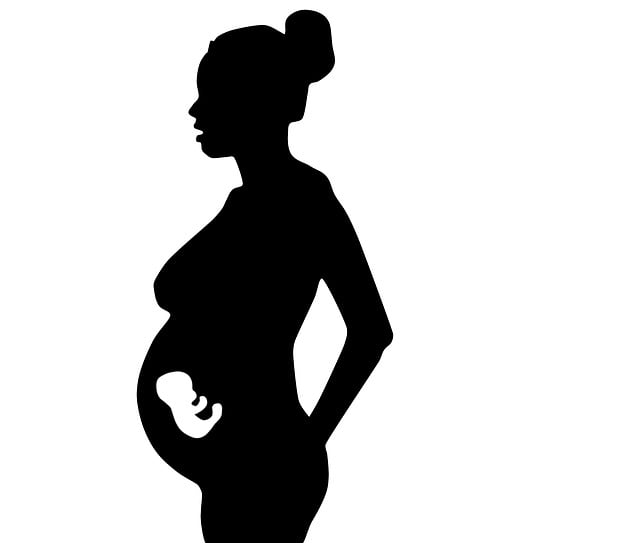Determining “When exactly did I conceive?” can be quite challenging. Typically, we calculate conception based on the first day of your last menstrual period or an ultrasound assessment. To assist you, try using our handy Pregnancy Calculator for precise date calculations.
Estimating Gestational Age
Last Menstrual Period
For women with regular menstrual cycles, gestational age can usually be calculated from the first day of the last period. This method uses the last menstrual period, rather than the conception date, for calculations. Many expectant mothers rely on a pregnancy wheel to help determine their gestational age.
Ultrasound
An ultrasound can provide measurements of the baby as early as 5 to 6 weeks post the last menstrual period. This method is most accurate during the early stages of pregnancy, particularly between the 8th and 18th weeks. The most reliable approach to establish gestational age combines the first day of the last menstrual period with ultrasound measurements.
Determining the Conception Date
In a Typical Pregnancy
For women with regular cycles, conception usually occurs around 11-21 days after the first day of the last period. Most women find it difficult to pinpoint the exact conception date due to the unpredictability of ovulation, thus often relying on the last menstrual period as a reference.
Special Cases
Women undergoing assisted reproductive procedures, such as artificial insemination or in vitro fertilization, typically have a more precise understanding of their conception date.
Calculating Estimated Due Date
Using the last menstrual period, the estimated due date is roughly 40 weeks from the first day of that period. However, it’s important to note that only about 5% of babies are born on their estimated due date.
Challenges in Determining Gestational Age
Last Menstrual Period
Women with irregular menstrual cycles or those who cannot recall the first day of their last period may find it challenging to calculate their gestational age using this method. In such cases, an ultrasound is often necessary.
Baby’s Growth
Occasionally, determining gestational age can be complicated if the baby is unusually large or small. Furthermore, sometimes the size of the uterus in early pregnancy or its height later on may not align with the calculated gestational age based on the last menstrual period.
For more insights into baby growth and development, check out the Baby Development Month by Month Video. If you’re considering home insemination, you might want to explore Make a Mom for unique reusable options, and you can learn more about how the process works here. Additionally, for those looking for sperm donation services, Vegas Pregnancy offers a free matching service in Las Vegas.
For a comprehensive guide on fertility treatment options, visit March of Dimes for valuable resources. Also, for those interested in breast milk storage, you may find our blog post on the best breast milk storage bags of 2021 useful.
In summary, while calculating conception can be intricate, understanding the methods involved can help you gauge your pregnancy timeline more accurately.
